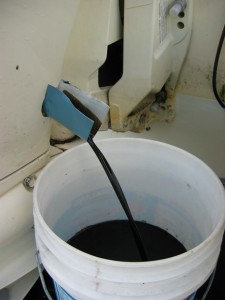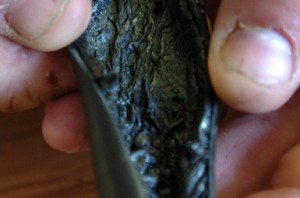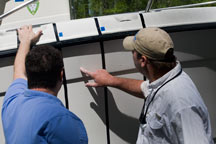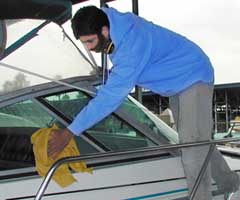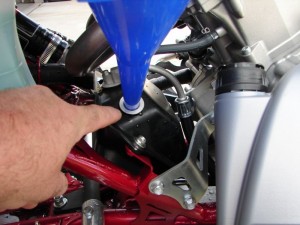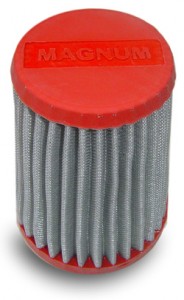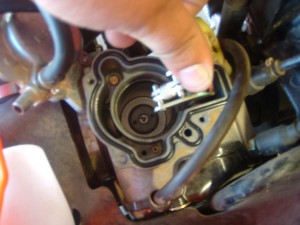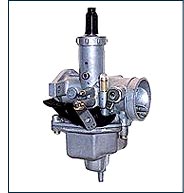Offseason Snowmobile Care: Part Four
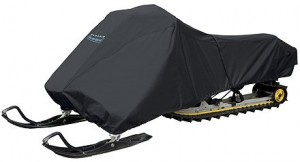 When your sled is left idle for a prolonged period of time, the fluid levels and charge in the battery to diminish. Before storing your sled for the spring and summer, remove the battery and put it in a safe, dark area悠 recommend putting it where you keep your outboard motor oil and other supplies. Throughout the offseason, charge the battery periodically and fill it with distilled water if the fluid level drops below the fill line.
When your sled is left idle for a prolonged period of time, the fluid levels and charge in the battery to diminish. Before storing your sled for the spring and summer, remove the battery and put it in a safe, dark area悠 recommend putting it where you keep your outboard motor oil and other supplies. Throughout the offseason, charge the battery periodically and fill it with distilled water if the fluid level drops below the fill line.
Fill the carb intake, muffler, and cooling system openings to prevent small animals from crawling into and nesting in your sled. It is also important to loosen the track tension bolts as far as they will go. If the track is kept taut during the offseason stretching and cracking may occur. Tomorrow we will go over the last preparations and finish our series on snowmobile storage.



